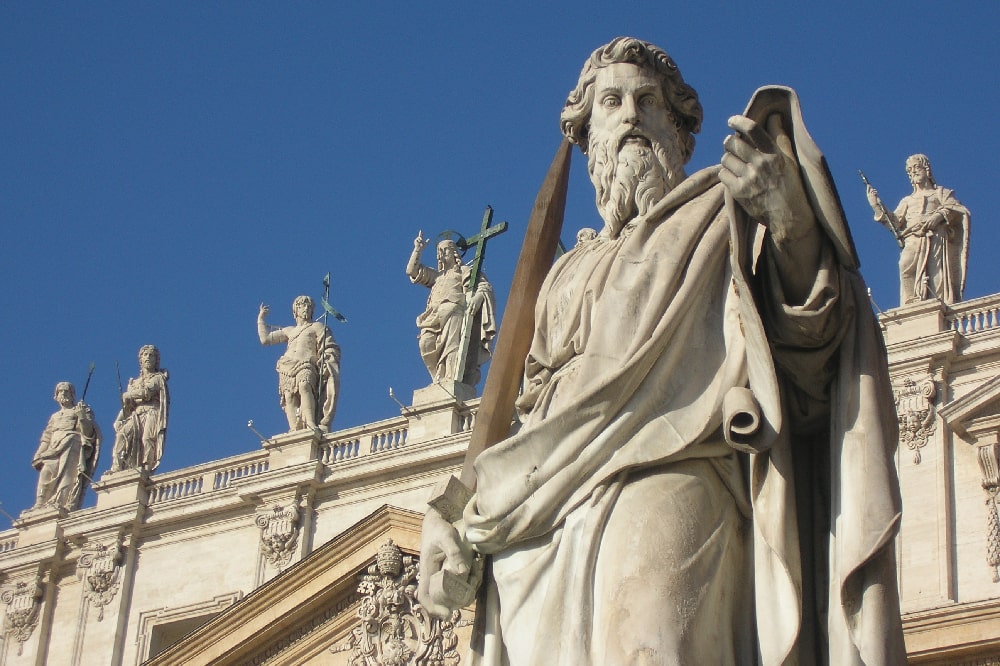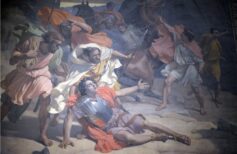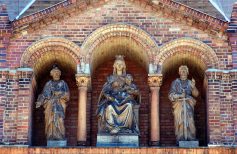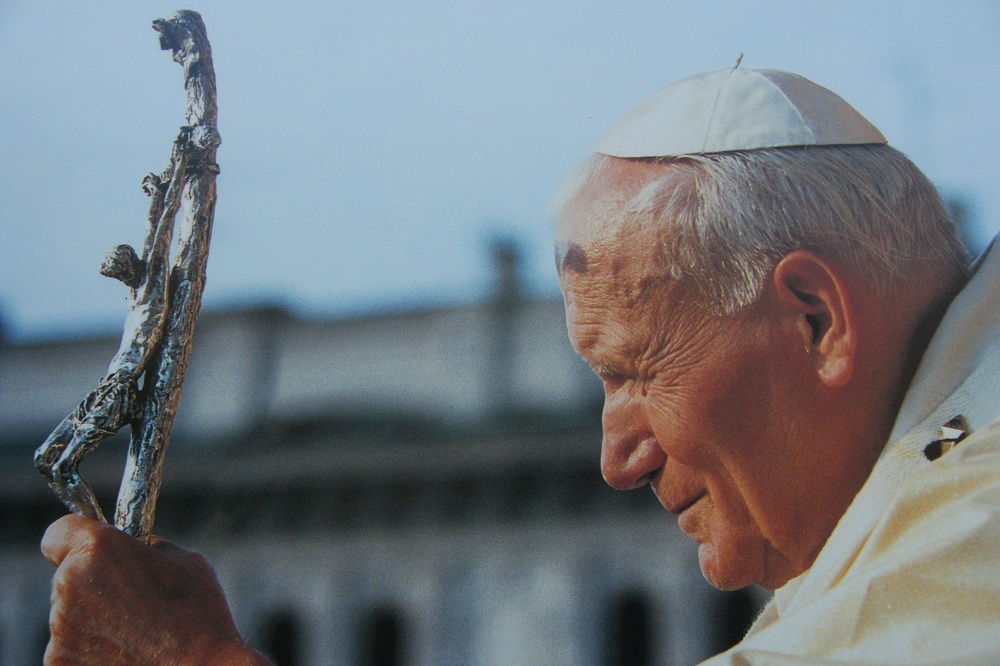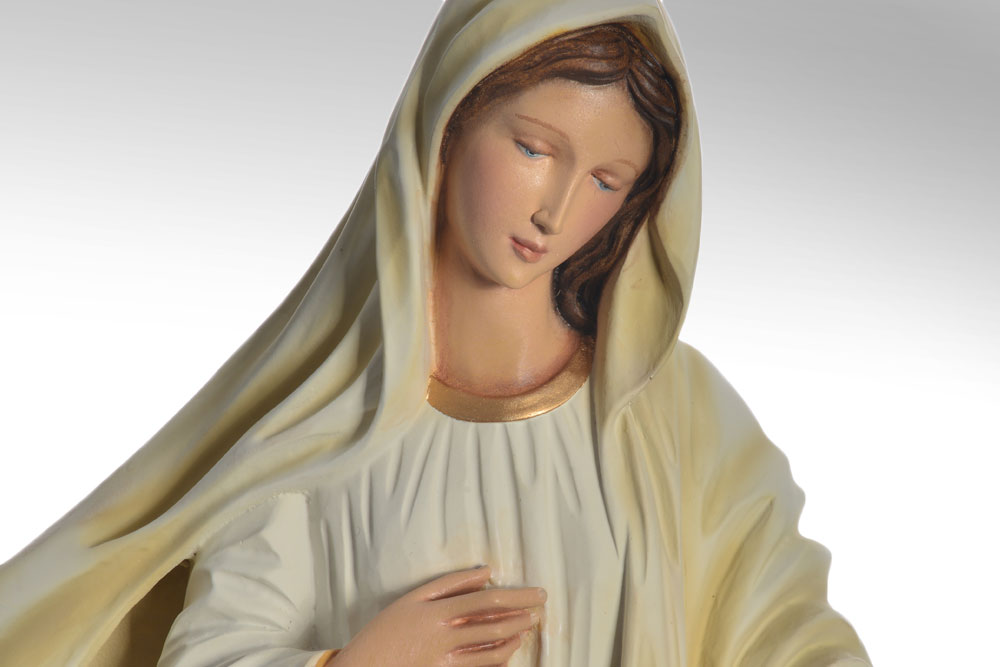Thunderstruck on the road to Damascus, a saying that hides a story of deep faith and spiritual conversion. The protagonist? One of the most revered saints of all time
When we say of someone who was thunderstruck on the road to Damascus, we mean that a person was swept away by an event so momentous and shattering that it changed his or her life in a profound and significant way. However, perhaps not all of us know where this saying originated. Well, the origin of this expression is to be found in the story of St. Paul the Apostle, and in particular the moment when he ceased to be Saul of Tarsus, a tent-maker, a Hellenized Jew, awarded Roman citizenship, and above all a proud and terrible persecutor of Christians, to become Paul, the apostle to the Gentiles (the pagans), the main missionary of the Gospel of Jesus among Greeks and Romans.
We have devoted an article to the human and religious story of Paul of Tarsus. Here we would like to focus on the key episode of his existence, the moment of his conversion, when precisely he was stuck by lighting on the road to Damascus.
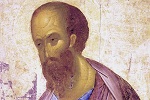
Saint Paul of Tarso: story of a missionary
Saint Paul of Tarso can be considered the first great missionary of the Christian Church…
The conversion of St. Paul
The episode is recounted by Paul himself in some of his Letters, and also in the Acts of the Apostles. While pursuing a group of Christians fleeing toward Damascus, Paul was struck by a great dazzling light that blinded him, and he heard a stentorian voice asking, “Saul, Saul, why do you persecute me?” And he answered, “Who are you O Lord?”; and the voice, “I am Jesus whom you persecute. Now rise up and enter the city, and you will be told what you must do” (Acts 9:3-7). It was perhaps 35 A.D. and Paul was on his way to Damascus with a formal assignment from the Sanhedrin in Jerusalem authorizing him to persecute the Christians in that city. Of course, none of this happened: after his extraordinary experience, Saul converted to Christianity and made the spread of the Word of Christ his one and only mission in life. So much so that he is remembered as the most fervent of the Apostles, and this even though he had never met Jesus!

Perhaps because of this indirect knowledge, he did not find it necessary in his writings to repeat Jesus’ words and tell His story, as happened in the Gospels, but was able to focus on the doctrinal foundations underlying Christian theology of all times, on Christ’s mission, on the value of His human experience, on the Salvation He embodied. In the Epistles of St. Paul there is the very meaning of Christianity, and it is amazing when we consider that he wrote them two thousand years ago! After his conversion Paul preached at first to the Jews, then, on the strength of his Hellenistic education, to the Romans and Greeks, traveling through Arabia, Achaia, and Asia Minor. Hated by the same Christian Jews he had once persecuted; he risked lynching and was arrested several times. He met his fate in Rome during Nero’s persecution.
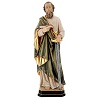
The conversion of St. Paul is celebrated with a holiday on January 25, and the episode has inspired countless artistic masterpieces over the centuries. Think in particular of The Conversion of St. Paul painted by Caravaggio and preserved in the Cerasi Chapel of the Basilica of Santa Maria del Popolo in Rome. In the painting Saul is portrayed on the ground, overwhelmed by divine light, and a large horse with a raised hoof stands over him, occupying a significant part of the painting. The figure of Christ is missing, but the painting is surrounded by an unprecedented dramatic realism, where light also plays a key role, contrasting with the dark background.
There is another version of the conversion of St. Paul thunderstruck on the road to Damascus, also painted by Caravaggio and preserved in the Odescalchi Private Collection in Rome. It too depicts the moment when Saul was blinded by the light of Jesus, who here, however, is depicted in the right corner of the painting. He is leaning toward the figure of Saul, his arms outstretched as if to welcome Him, while an angel holds Him up. Here, too, Saul has fallen from his horse and is covering his eyes to shield them from the light, while the soldier beside him seems to be completely unaffected.

